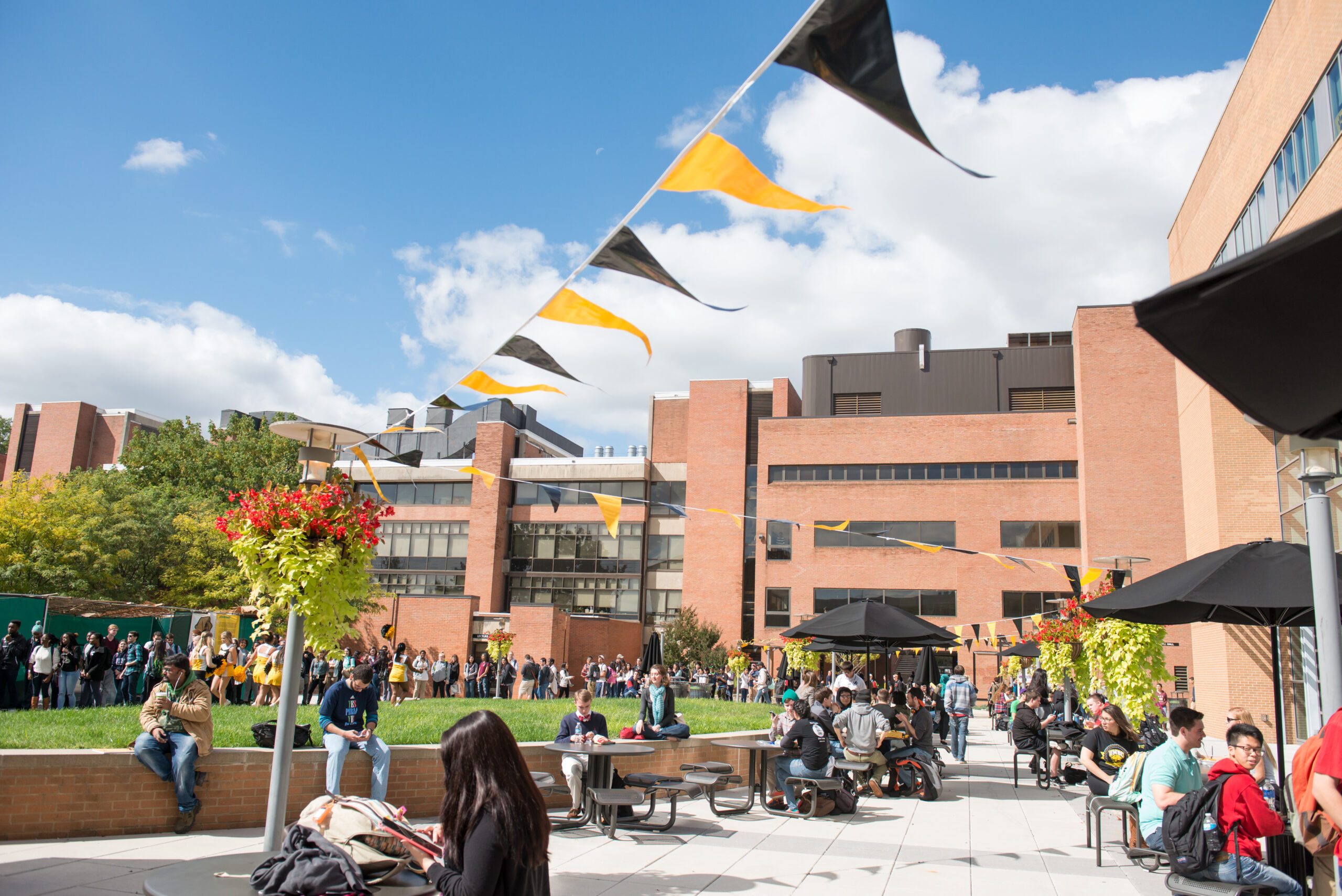When UMBC President Freeman Hrabowski spoke at Duke University on February 23, 2016, about supporting minority students in STEM fields, he began by asking UMBC alumni in the audience to stand. A dozen graduate students and emerging leaders on the Duke faculty rose to a round of applause.
The alumni included powerhouse innovators like Kafui Dzirasa ‘01, chemical engineering, recently named a recipient of the prestigious Presidential Early Career Award for Scientists and Engineers (PECASE).
“While so many universities struggle to attract underrepresented minorities into the sciences and engineering,” notes Duke Today, “[UMBC’s] record of success is astonishing.”
Introducing Pres. Hrabowski, Duke President Richard H. Brodhead shared that UMBC’s success in supporting diverse students who go on to medical and natural science careers has yielded tremendous results. In addition to UMBC alumni bringing their talents to top universities around the country, UMBC itself has become a formidable research university and, Broadhead noted, a “vital economic engine for the city of Baltimore.”
More than 6,200 viewers tuned in to the live broadcast of Pres. Hrabowski’s lecture, sponsored by the Duke Initiative of Science and Society as part of its Distinguished Speaker Series.
Pres. Hrabowski emphasized the need to rethink science education to remove existing barriers and boost inclusion, through redesigning first-year gateway courses, improving connections between research and teaching, and making learning a more collaborative experience. He also highlighted the importance of interdisciplinarity, particularly how essential the humanities are to understanding problems in STEM fields.
In reporting on Pres. Hrabowski’s talk, the Duke Chronicle wrote, “Solutions—including smaller class sizes, team-based learning and less emphasis on ‘weed-out’ courses—have broad benefits.”
Pres. Hrabowski also recently spoke at MIT, where President L. Rafael Reif emphasized how UMBC’s inclusive excellence initiatives have become “models for colleges and universities across the country.” These models “so impressed” MIT that they were inspired to create their own version of the Meyerhoff Scholars Program, called Interphase EDGE.
“[W]e have Freeman to thank for the model and the inspiration,” said Reif. “As our diverse community seeks a path that combines the highest levels of intellectual achievement with a warm sense of welcome and inclusion for all, we could not ask for a better guide and friend than this morning’s speaker.”
Learn more about UMBC’s work to develop “a leading national model for diversifying America’s scientific and engineering workforce” on the GovInnovator podcast. The podcast highlights UMBC’s focus on combining access to opportunity, a supportive community, and high expectations for student achievement.
As Pres. Hrabowski shares on the program:
We’re talking about the notion of grit. That it’s not about ‘one kid is smarter than another,’ but about what grit means. Our Chesapeake Bay Retriever is the mascot and his name is True Grit, and we call UMBC the House of Grit.
Image: UMBC campus during Homecoming 2015, photo by Marlayna Demond.
Tags: diversityandinclusion, Hrabowski, MeyerhoffScholars, Rankings, UMBC50

